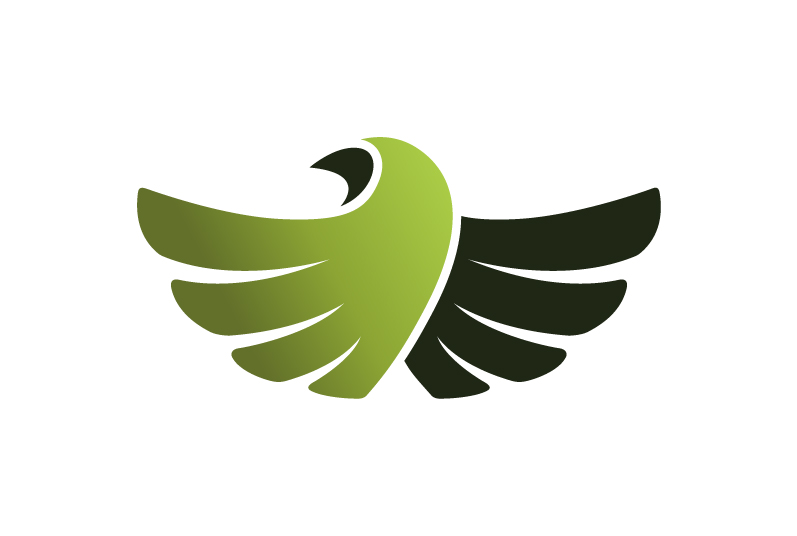The Three Treasures
Energy is known as ‘qi’ in Chinese. It is a binding force that gives form as well as being an animating one that gives movement, so it exists in everything. All animate and inanimate things possess qi. According to Chinese medicine, the quality that gives life is ‘jing’ (also known as essence). And that which gives consciousness is ‘shen’. Together these are known as ‘the three treasures’. It is similar to the 'body, mind, spirit' concept in the West. Qigong works with the three treasures to optimise health and well being: the body (jing), the breath (qi) and the mind (shen).
Jing
The reservoir of jing is in the lower dantian, which is the lower energy centre in the body, corresponding with the centre of gravity in the lower abdomen, just below the navel. The kidneys and lungs are the source of jing, so improving the health of these two organs will boost the store of this energy. Jing has a solid, earthy quality, so is considered to be yin (see my previous blog post Yin and Yang). Jing is said to circulate around the body via the bones according to Chinese medicine and is most closely associated with the reproductive system in Western medicine.
“In Chinese medicine, jing is the energy of growth and development, slowly increasing during childhood, reaching its peak at age twenty-one, and then decreasing, unless checked or supplemented with qigong training. For this reason, diminishing jing is associated with many of the signs of aging, particularly osteoporosis, less responsive immune cells, loss of libido, graying hair, slower reflexes, and poorer memory” (Kenneth Cohen in The Way of Qigong).
Qi
The reservoir of qi in the body is the middle dantian, which is in the chest and is the middle energy centre. Qi has both yin and yang qualities and, compared with jing and shen, is neutral in the context of the three treasures. It is the spleen that is the source of qi, and the energy circulates in the twelve meridians (see my previous post Meridians Explained). As you may have guessed, qi is associated with the respiratory system.
Shen
The upper dantian (the energy centre in the head) is where shen is stored and the liver and the heart are the source. If these organs are not healthy, the spirit may be disturbed. Being associated with spirit, shen has a heavenly, air-like quality, which is yang. The energy travels in the eight extraordinary meridians (see Meridians Explained) and is associated with the nervous system. Shen is commonly described as “The light that shines out of our eyes when we are truly awake.”
The concept of the three treasures is reflected in the qigong maxim: refine the jing to create qi, refine qi to create shen, refine shen and return to the Void. “The Void, the state of empty clear mindedness, remains both the goal and the source of practice” (Kenneth Cohen in The Way of Qigong). As with other meditative practices, less is more, don’t try too hard, relax into it and clear the mind, then the rest will follow, just as sleep is the foundation of health.
If you would like to put these ideas into practice, you are welcome to join me at one of my classes. For details, see the class timetable page of my website and the pricing is shown here. Starting Thursday 8th April, I am running an introductory course made up of four 45-minute sessions (one a week), which is an ideal way to try qigong for the first time or if you don’t have much experience of it. You can do as many of the sessions as you like. To book per session, click here or you can book all four at a discounted rate here.

